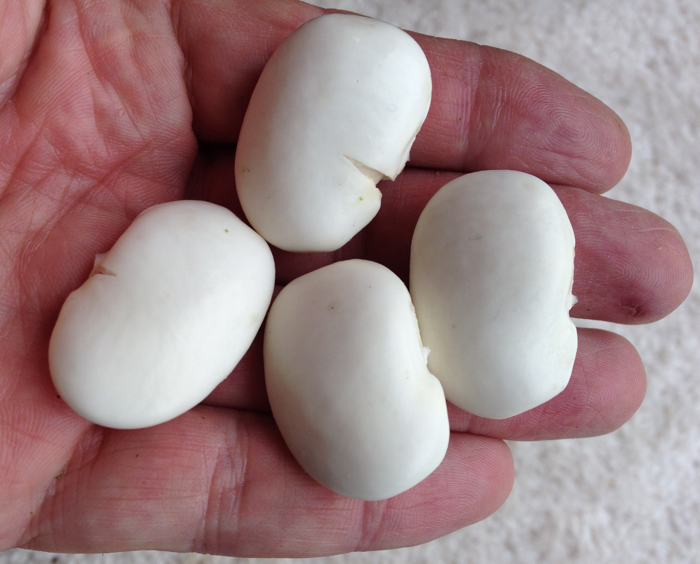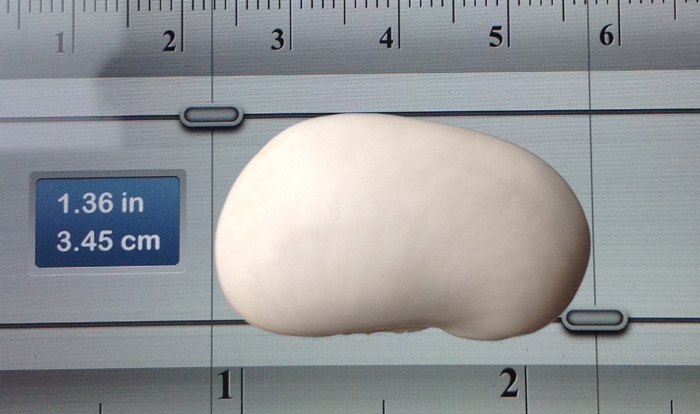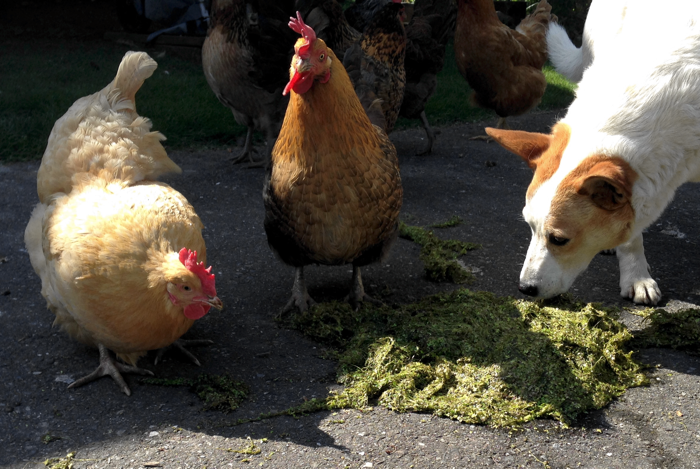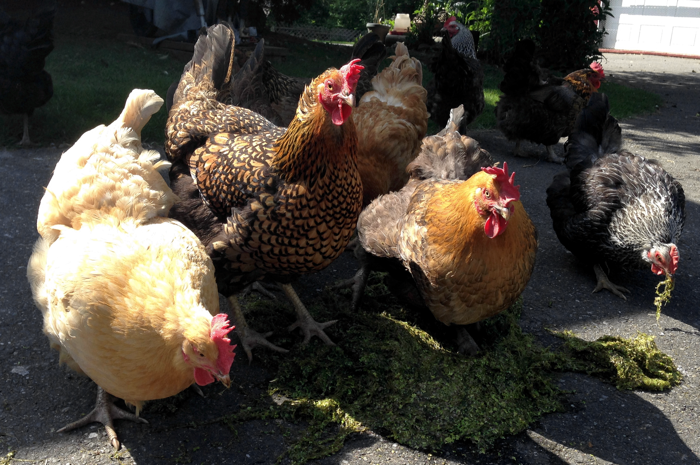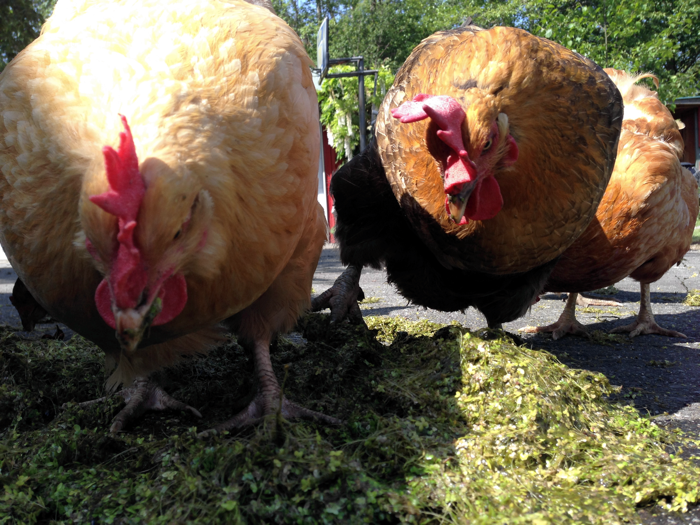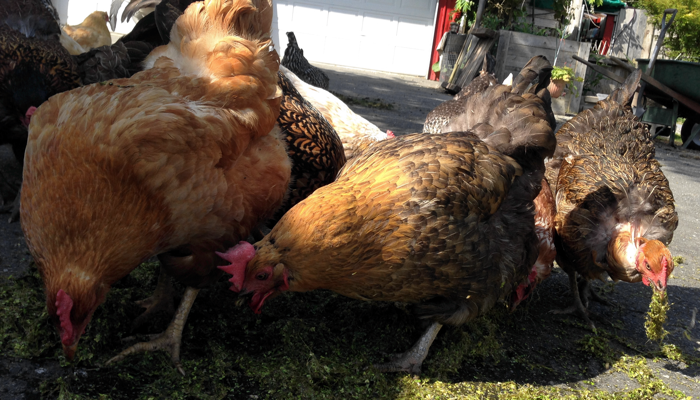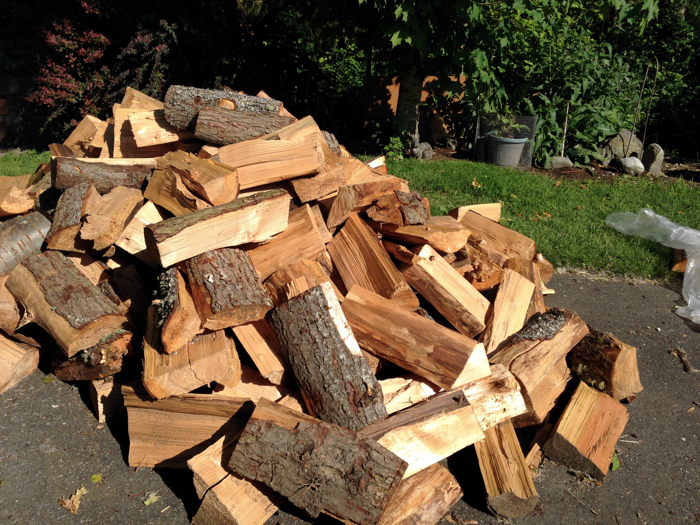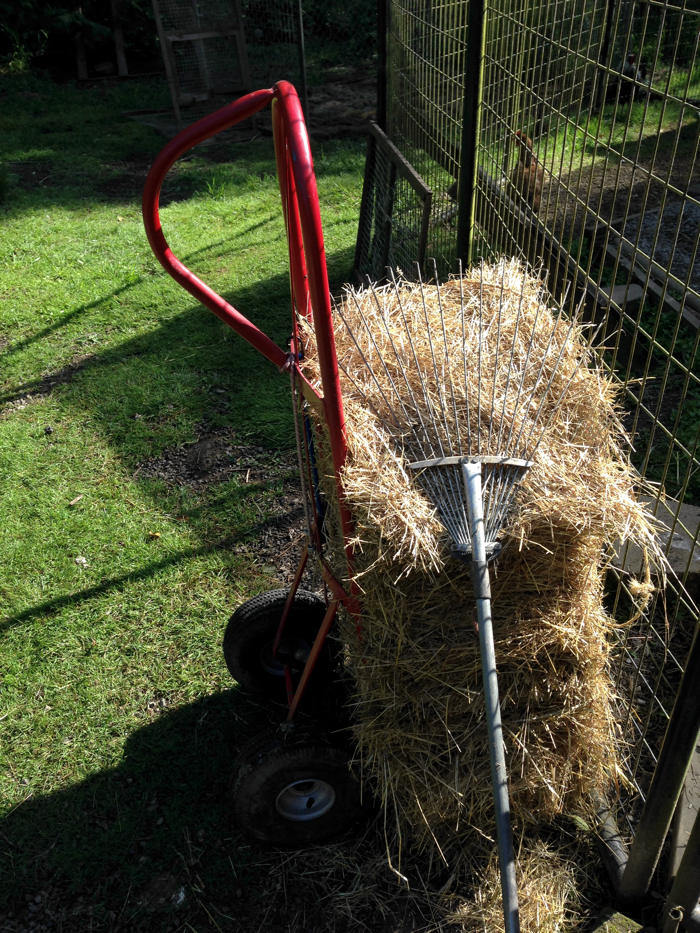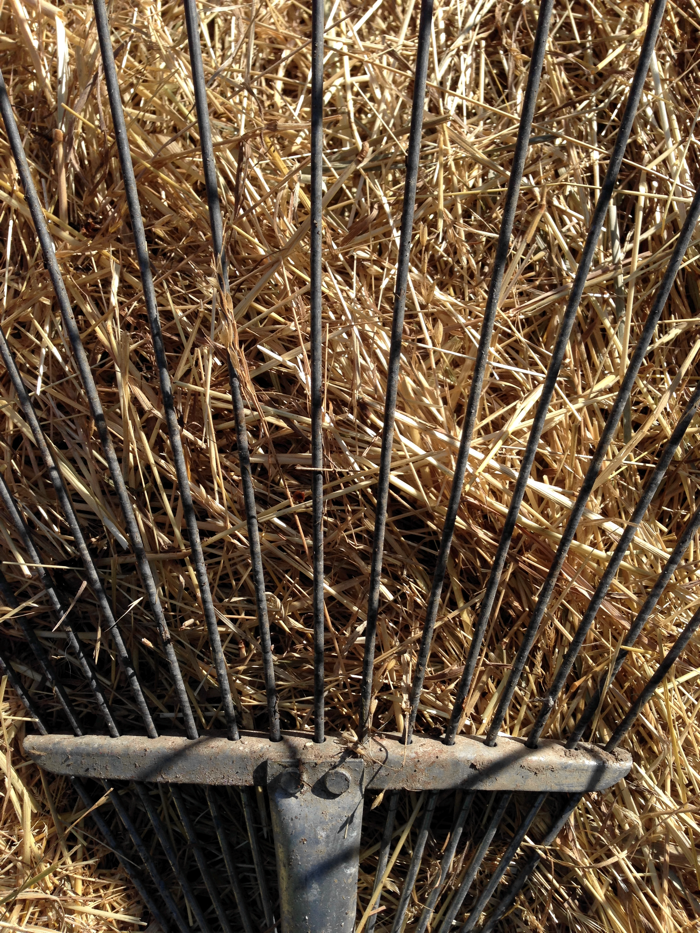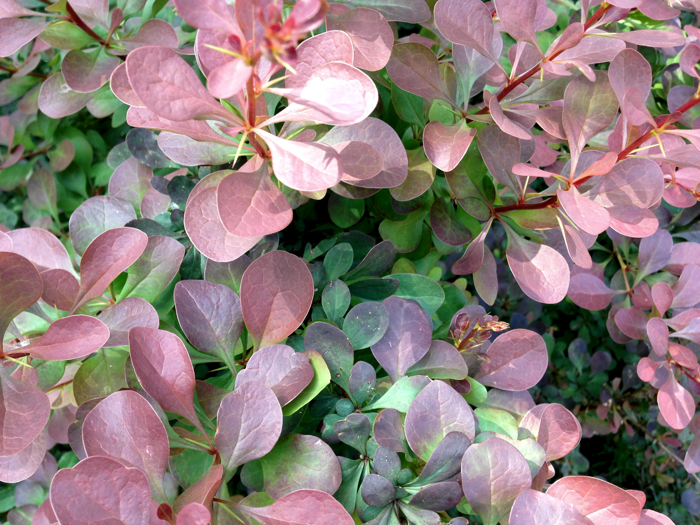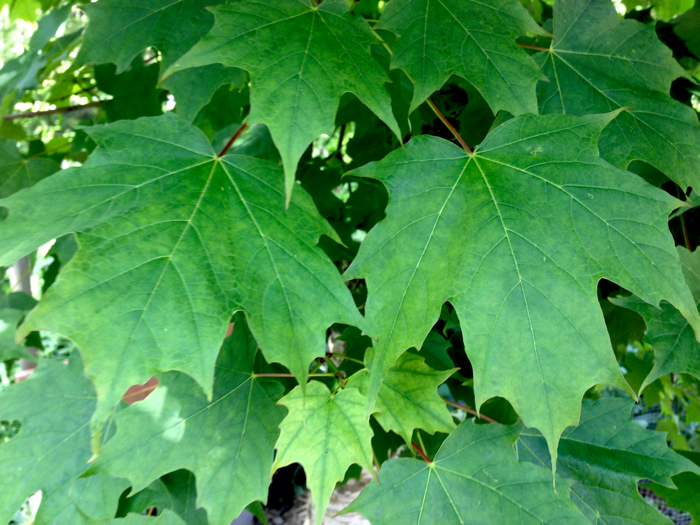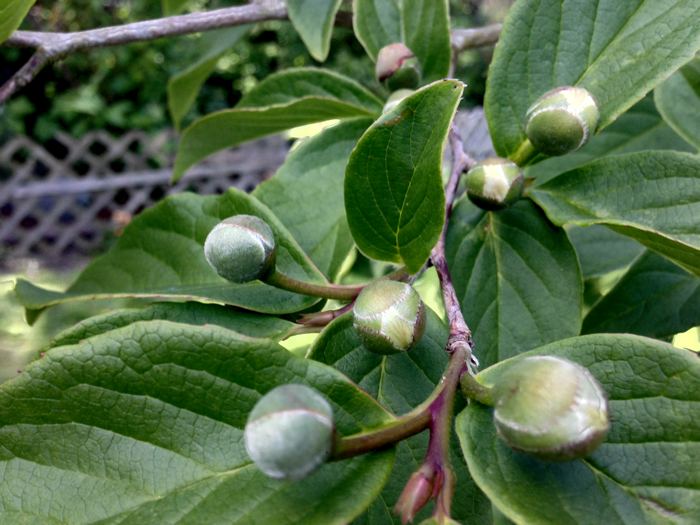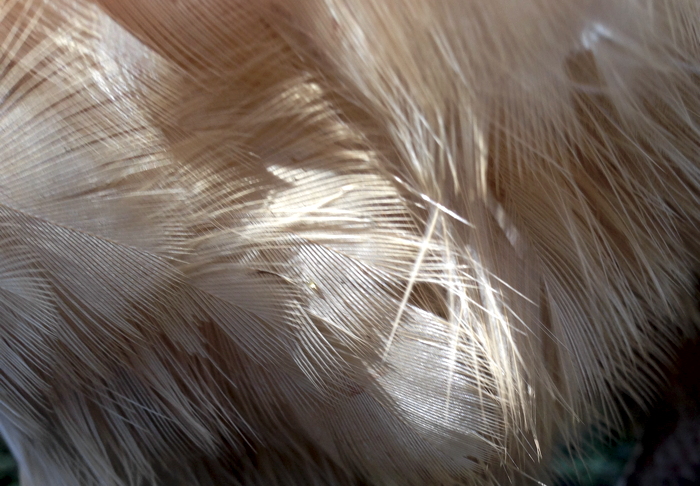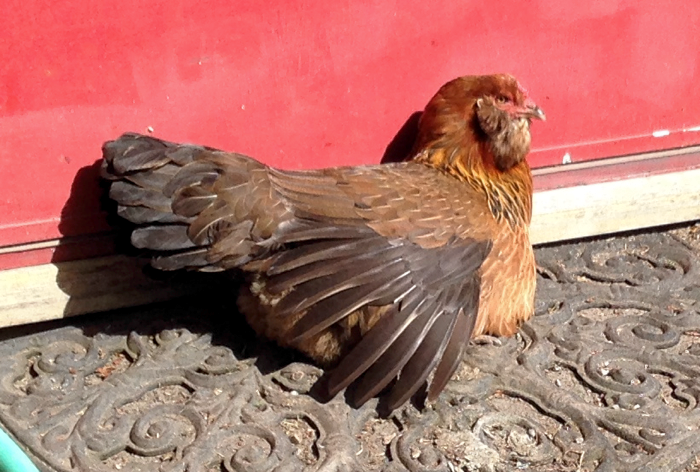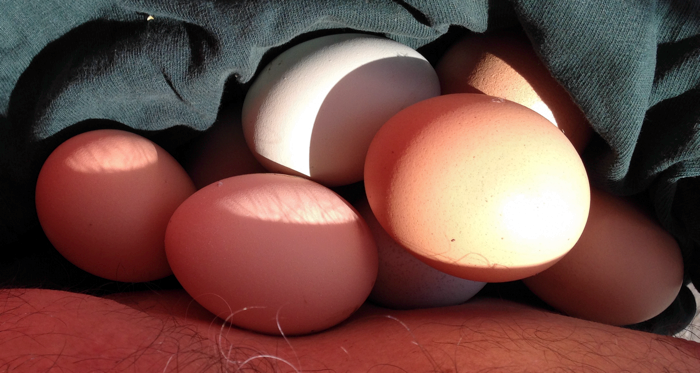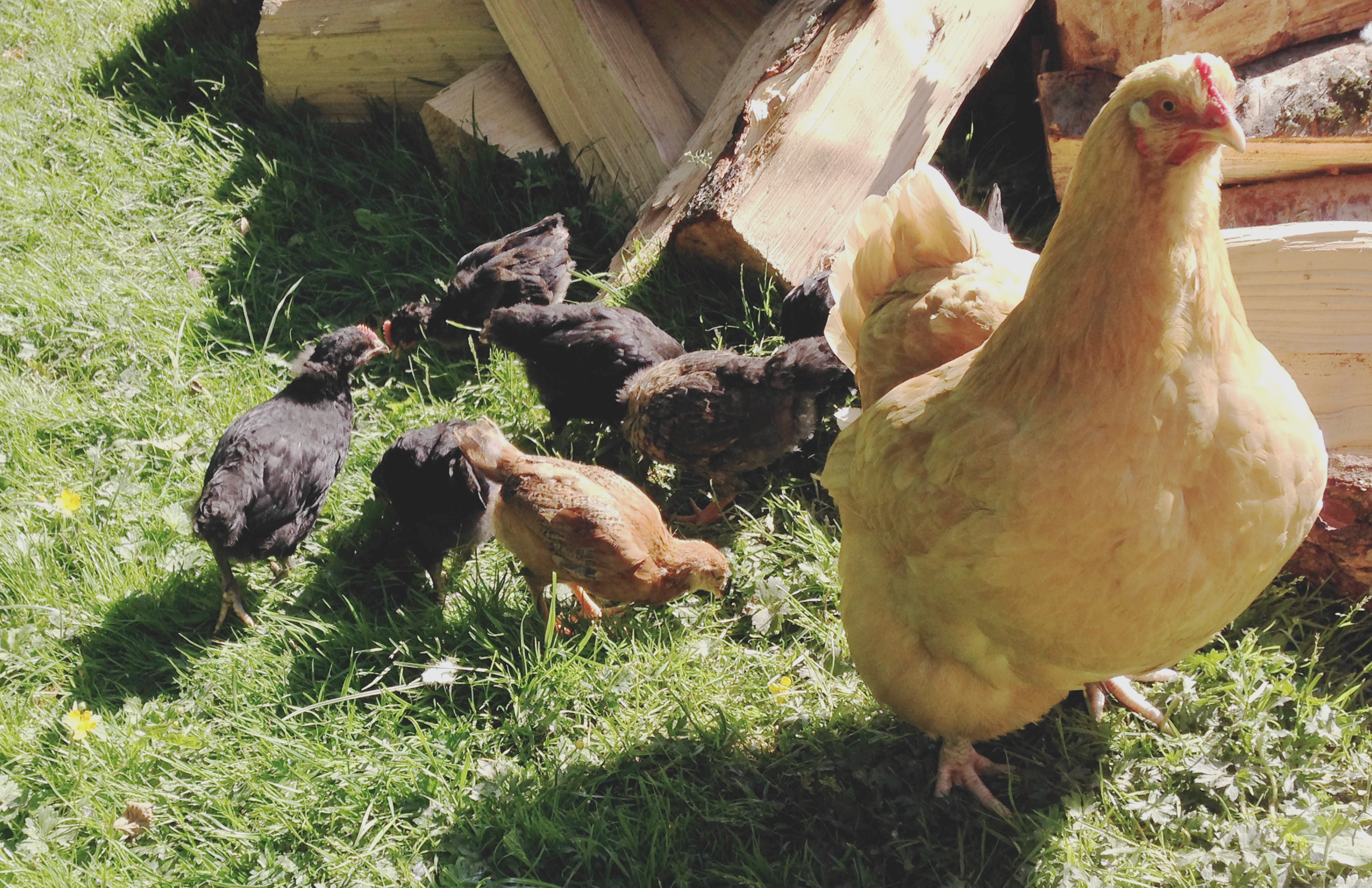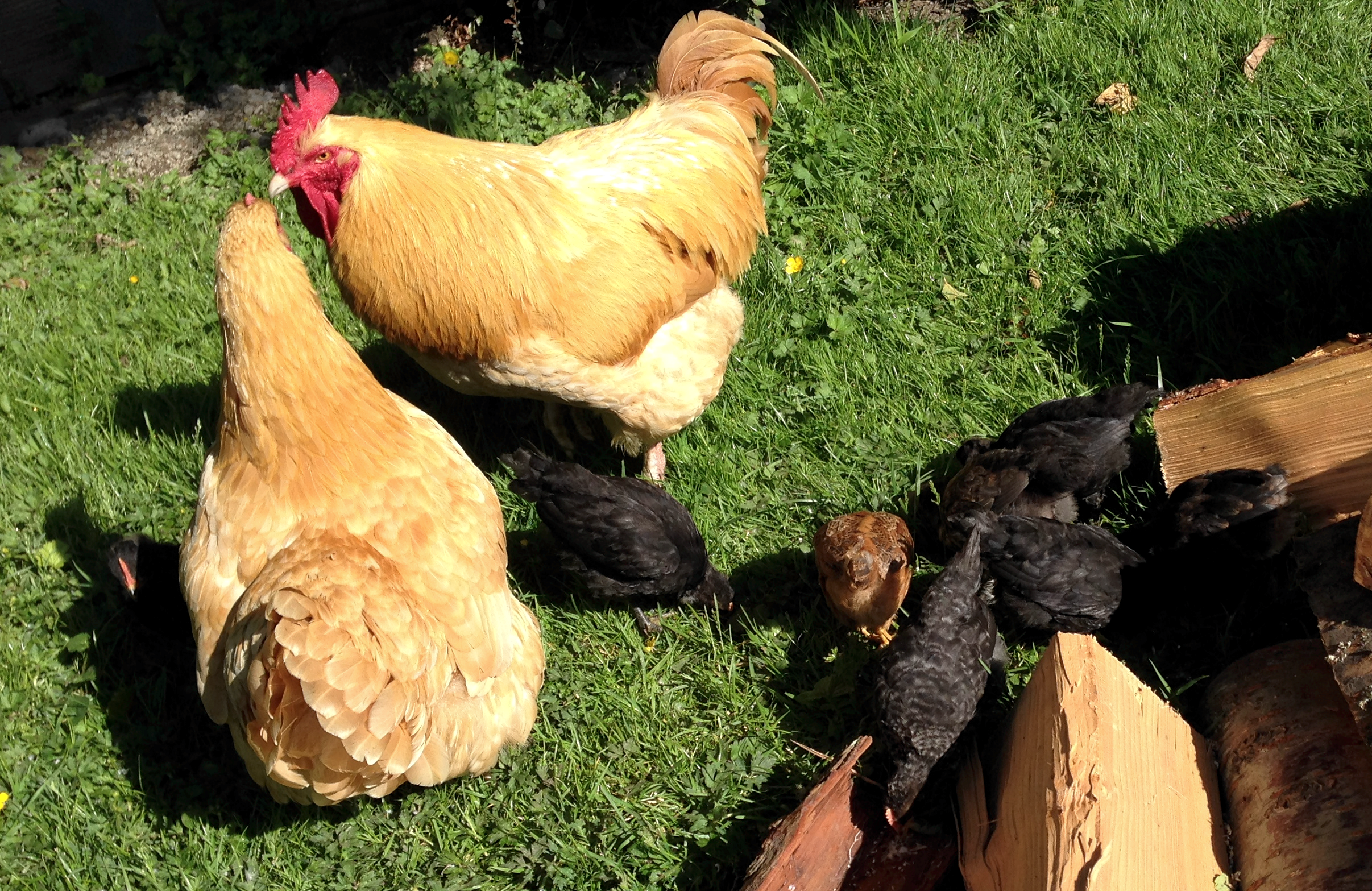Few things have impacted the lives of bees, butterflies, and other wildlife more than modern agriculture. In the European Union, more than €41 billion has been spent since 1994 to improve the landscape for wildlife. But there have been few studies to see if this effort has been helpful.
Margaret J. Couvillon, Roger Schürch, and Francis L.W. Ratnieks of the Laboratory of Apiculture and Social Insects, School of Life Sciences, University of Sussex, decided to study bees to see which landscapes they preferred for foraging.
According to Professor Francis Ratnieks:
Historically the British countryside has been good for wildlife including having many flowers to provide pollen and nectar for bees. But particularly since World World II the countryside is no longer as wildlife friendly as it used to be.
Bees are the one animal which can tell you where they have been eating. They do this through the waggle dance bees perform when they return to their hive. Through the waggle dance, the bees tell other bees where and how far away they found good foraging. Only bees who’ve had a profitable forage do the waggle dance.
Over two complete foraging years, the researches decoded 5,484 waggle dances of bees from hives on campus. The hives were less than a mile from Brighton, and so the bees had access to urban landscapes, farmland, and nature preserves. By studying the bees, the researches were able to survey nearly 100 square kilometers of land to see which areas the bees were foraging. Surveying that large an area would have been an herculean task involving many people, but by letting the bees tell them where they had gone, the researchers were able to do a thorough study.

They then plotted all the places the bees were foraging. They divided the area into 60 sections and plotted the foraging locations of the bees. The favorite foraging spot for the bees turned out to be the Castle Hill Nature Reserve.
Next, the researches divided the landscape into seven broad categories of land types. They found that rural lands and those with a higher level of protection were where the bees foraged the most.
Even though they only studied one insect, the bee, since many other insects forage where bees forage, they were able to see where many insects like to forage.
As Dr. Margaret J. Couvillon says:
The honeybees possess great potential for monitoring the landscape for flowers. One reason is because they forage at long distances, so in our study, the bees from a single location could survey and area of 100 kilometers square. … Here we have shown that listening to the bees may give us information that is relevant in helping them, such as knowing where they have gone to get their food. This makes the waggle dance more than just a honeybee behavior, it’s a powerful tool for ecology and conservation that may give us unique guidance to help let us sustain a more wildlife friendly world.
Here is a video abstract of the study:
And you’ll find abstracts of the study at these links:
